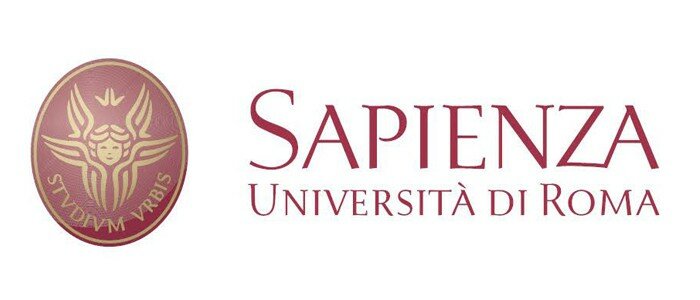Table of Contents
History
The Sapienza University of Rome was first established in the year 1303, through papal decree, meant as a stadium for the ecclesiastical studies that he could more directly control and influence, in a sense it became the first and basis for all future pontifical universities.
As expected of an institution with such a long history it saw as many changes, 1431 added more areas of study to the institution as well as it’s first fees, the Sapienza was then briefly closed during the 1500s, obtained it’s current name in the 1600s, and gained such fame and relevance that by the 1800s written records of it’s whole history started to be written.
In the 1900s the institution moved to it’s current campus, from which it continues to impart knowledge to the best of Italy, and this continuous operation has turned it into one of the oldest universities in the world.
Programs Offered
Through it’s 9 main faculties the Sapienza University of Rome currently offers well over 100 different courses aimed at undergraduate students, it’s important to note however that various iterations of it’s courses are listed differently, whether it is due to enrollment date or language of tuition, so while still expansive, the overall selection is not as large as it’d seem on first sight.
Due to the large selection of courses at the Sapienza University of Rome, the following list is only a small sample of the full catalog available at the institution:
- Economic Analysis of International Institutions
- Archaeology
- Architecture
- Archive and Library Theory and Management
- Performing Arts and the Science of Performance
- Artificial Intelligence and Robots
- Bioinformatics
- Cell Biology and Technology
- Chemistry
- Clinical Psychosexology
Admission requirements
The main requirements for admission at the Sapienza University of Rome are a high school diploma or equivalent, proof of English or Italian language proficiency depending on the course chosen, as well as presentation of the CISIA Online Test, which asks as an assessment tool for the university.
Student Life
The Sapienza University of Rome is famous for the amount of international students enrolled into it, this couple with the welcoming nature of Italians means that anybody can easily feel at home at Sapienza, and integration into the campus life is effortless.
Part-time work
The Sapienza University of Rome offers it’s students the opportunity to apply for jobs online through it’s web portal Jobsoul, unlike similar portals in other websites the system allows students to directly offers resumes and applications to companies even if they don’t have a current posting, granting students even more freedom while job hunting.
Fees
Tuition fees at the Sapienza University of Rome are officially set at €2,924 for local students, while working international students have to pay €1,000 or €500 depending on their economical status.
While at first that makes it look like residents have to pay more in fact most Italian students don’t pay the full cost, as they can apply to have their tuition fee calculated based on their personal finances.
Ranking
The Sapienza University of Rome is currently ranked as the 147th best college level institution in the world, making it the overall second best university in it’s home country of Italy.
University Contact
Address: Piazzale Aldo Moro, 5, 00185 Roma RM, Italia
Phone: +39 06 49911
Email: [email protected]
Summary
The Sapienza University of Rome combines an impressive course selection and an unmatched reputation with an incredibly budget friendly tuition fee plan, making it one of the most tempting institution not only in Italy but across the entire EU.

